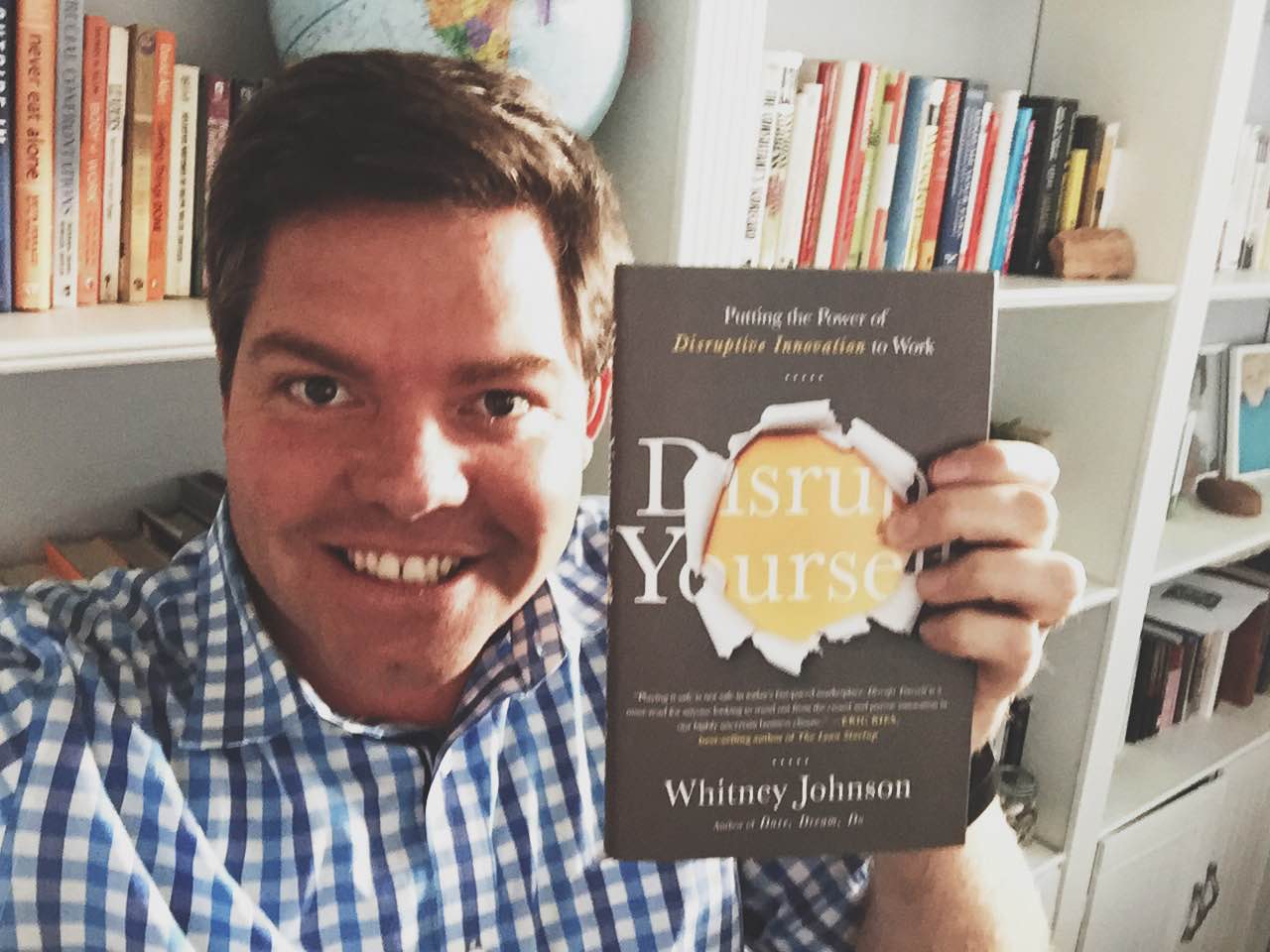Tell to Sell: Harnessing the Power of Storytelling to Build Your Brand
Cindy Stagg is a rockstar client of mine that you will LOVE! In only a few short months she’s taken a proven concept that she has used with her business and clients and turned it into a #1 bestselling book! I did an interview with Cindy that I know will help you tell better stories, sell more products/services and build your brand:
Richie: Tell us a little about yourself and the book.
Cindy: Thanks, Richie! I’m so honored to be here. I’m a writer, and I know this sounds cliche, but I’ve been a writer my whole life. I grew up in Arizona, where I loved listening to Native American Legends in school. I was the kid who stayed in from recess just so I could write stories.
Richie: That doesn’t sound nerdy at all…
Cindy: Right! Well, I wasn’t into kickball, so writing it was! Anyway, I’ve been writing professionally for about fifteen years and started my own copywriting business, The Bright Words, about three years ago. I learned that the best articles were the ones that utilized some sort of story.
My book is called Tell to Sell: Harness the Power of Storytelling to Build Your Brand. As the title states, it’s all about storytelling and how businesses can use it to create brand alignment.
Richie: What inspired you to write it?
Cindy: I actually came up with the idea after attending a business conference in Salt Lake City last February. The theme of the conference was storytelling, and speaker after speaker stood up and told their personal stories. As I sat there listening, I realized that I was a storyteller myself, and that I could use that skill to help other entrepreneurs and businesses create alignment through stories.
Richie: Sounds like a pivotal moment.
Cindy: It was! You were one of those speakers, and your story inspired me to take my stupid idea and turn it into my smart reality. Nine months later, I have a book climbing the charts on Amazon, I’ve spoken to various groups about storytelling, my business is growing, and I’ve developed the Kitchen Table Phenomenon.
Richie: The Kitchen Table Phenomenon?
Cindy: Yes. The KTP is the process I developed for creating powerful stories. One of the things I discuss in the book is going back to your roots to start your story. My story begins when I was a kid. We had relatives from Holland who came to visit us here in the states. We didn’t have the internet back then, so except for birthday cards sent through the mail, we really didn’t have regular communication. When they arrived here, we were practically strangers! We had to get to know each other – and the way that happened was around the kitchen table. We shared meals and got to know each other through stories about each other. The kitchen table was where we forged bonds as a family.
The kitchen table is a nearly universal experience. Feelings of safety, belonging, and gathering are all part of it. When people feel safe, they’re willing to open up and start talking. And that’s when the magic happens. This is alignment.
So that is what I do. I’m an outsourced CMO of sorts. Perhaps I’m an outsourced CSO – Chief Storytelling Officer! I gather everyone within an organization around a table, and we flesh out powerful brand stories.
Richie: Besides the KTP, what else can people get by reading Tell to Sell?
Cindy: In the book, I discuss how stories engage more areas of the brain than say, a list of product features. Did you know our brains are literally designed to hear a story? I give several examples of large companies that have successfully used storytelling to sell everything from coffee to cars.
Readers will also learn about the elements and subtle nuances that make up the formula to telling good stories. Finally, they’ll learn about the three crucial keys that make up the Kitchen Table Phenomenon.
Richie: Three Keys?
Cindy: Stories, connections, and people. But they’ll have to read the book to find out why!
FROM BOOK DESCRIPTION:
Why Storytelling?
Are you part of the new revolution of creative entrepreneurs, trying to get yourself and your brand recognized? Do you have a great product or service but just don’t know how to get it noticed? You know storytelling is important to your brand, but maybe you’re just not sure what your story is or how to tell it.
Whether you’re a “one man show” or an established business with employees, it can be difficult in the sea of online marketing, viral videos, mommy bloggers, adventure photographers, and even foodies to get yourself noticed, let alone make your brand stand out. The old way of advertising was to offer a list of features, maybe sing a catchy jingle, and tell someone that they needed your product. That was a great formula before social media.
But things have changed.
The new way has actually been around longer than the written word: it’s called STORYTELLING.
Human Beings are naturally wired to be drawn to stories – our brains actually crave them!
In this easy-to-digest, actionable book, Cindy Stagg show you the steps you can take right now to tell a powerful brand story that will resonate with customers and align them to your brand.
By drawing on her own personal experiences, Cindy walks you through what she calls The Kitchen Table Phenomenon and gives you the three keys essential to powerful storytelling.
Tell to Sell gives you actionable steps you can take right now:
– You will learn WHY your brand needs a story and how to benefit from it
– Learn the three crucial keys necessary for powerful storytelling and brand alignment
– How to develop and tell a great story
– How to use your story to align both employees and customers alike to your brand
Tell to Sell is a quick read that will give you lasting benefits. It provides you with the tools you need to start developing your story. Whether you’re just starting out or looking for a fresh way to sell your existing product or services, you’ll find plenty of useful information to get you on your way to brand alignment.












Every one of us has his own fear. Just like being an entrepreneur isn’t that easy because of difficulties that you’ll encounter. There are always solution on these issues that will sure to help you achieve success no matter what problem you’re having. It always depend on the situation you are in. Just be sure not to make fault for you to stumble upon reaching your goals and success as an entrepreneur.
SBCGlobal Email Service is one of the foremost reliable and dependable mail sources. Most of the Sbcglobal client Service WHO has used it’s trying it most trustworthy as a comparison to different mail mailing service suppliers. The practicality and name of SBCGlobal email have provided it a full identity. a lot of typically times if individuals confront the many problems that are associated with SBCGlobal email.